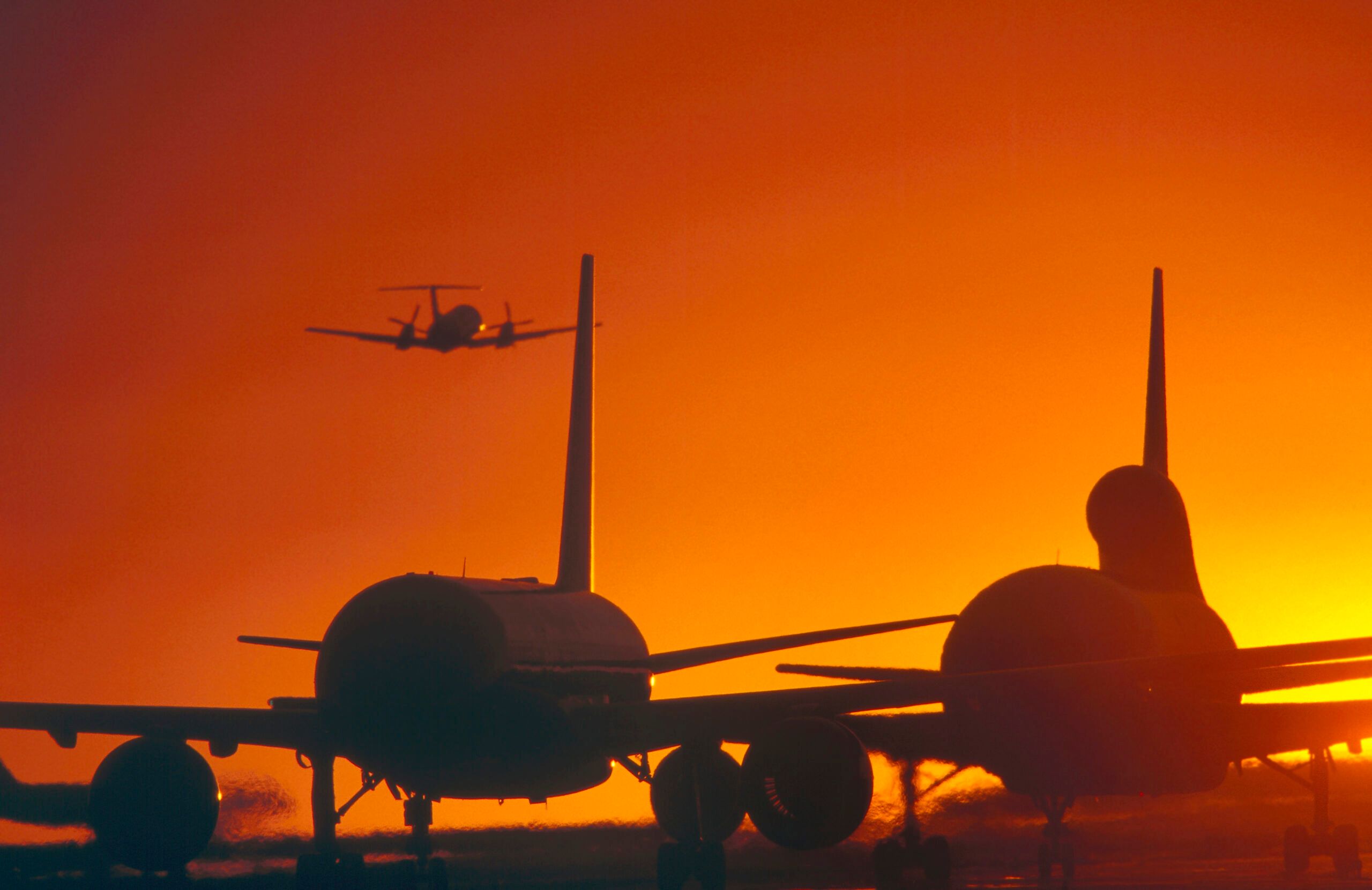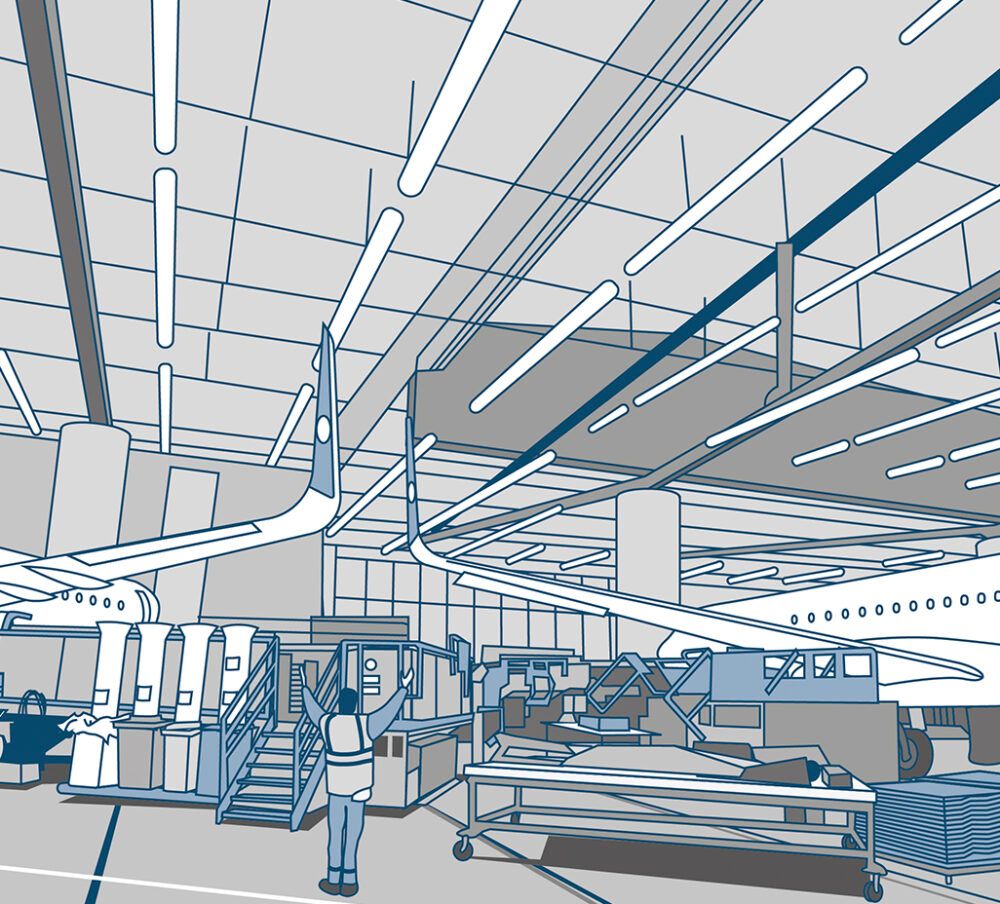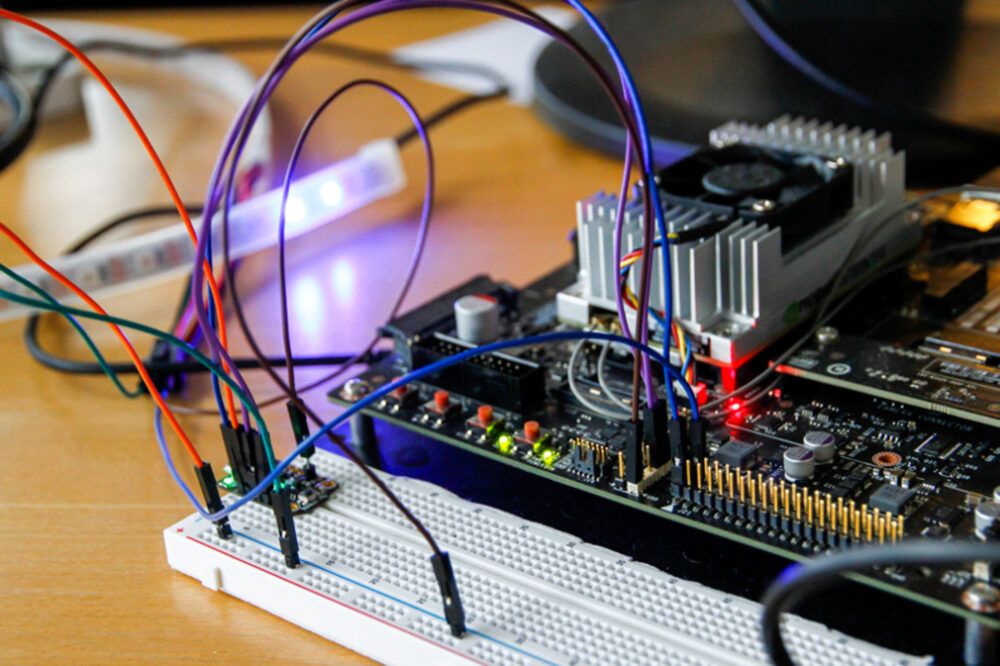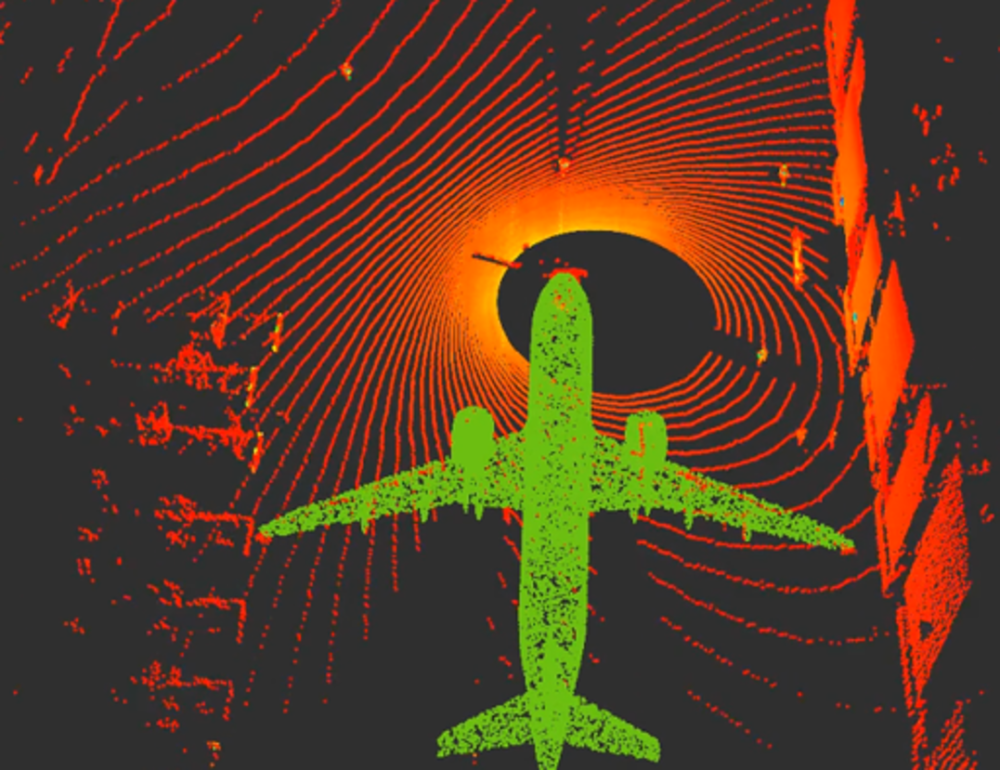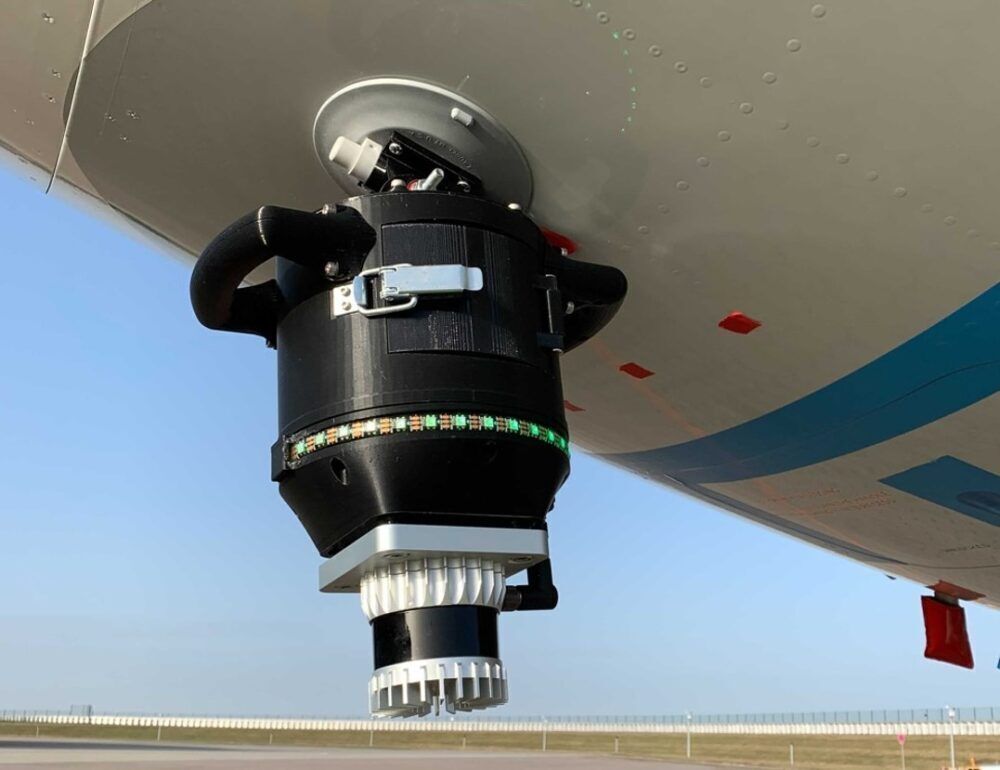Despite the emphasis on airline safety and considerable progressions in this field, aircraft collisions on the ground continue to make the headlines. However, there is a high-tech solution being introduced that can cut down collision rates significantly. Simple Flying recently spoke with Evitado founder Alexander Kasinec about his company’s innovative collision warning system.
An ongoing problem
Over the last year, Simple Flying had reported on several collision incidents across the globe. There were numerous incidents in the last four months alone. For instance, a Boeing 737-300 water bomber aircraft was damaged in a hangar collision in March. This incident was followed by a SriLankan Airbus A320neo collision in April that resulted in damage to it its horizontal stabilizer.
There were also two notable incidents in the United States over the last month. A pair of Southwest Airlines Boeing 737 aircraft made contact with each other at Chicago Midway International Airport. Also, a Southwest jet collided with a Cargolux Boeing 747 at Chicago O’Hare.
These sorts of events could be tragic under certain circumstances. Moreover, they can be costly and detrimental to operations, with firms spending billions of dollars a year on repairs.
Amid the regular occurrences, Evitado is working on solutions to reduce the chances of these collisions from happening. Ultimately, the company is developing a temporarily installable collision avoidance system to assist in the movement of large items.
A large object that stands out when it comes to the appliance of this product is aircraft. Thus, the system will help move planes into hangars safely due to the provision of advanced collision warnings before an incident happens. As a result, the cost of damage and related downtime is significantly reduced. Furthermore, the chances of tragedy are also considerably cut down.
Stay informed: Sign up for our daily and weekly aviation news digests.
A modern solution
Evitado’s system can be fitted temporarily on the aircraft or air tug and it monitors the area around the plane while it is moving. It also gives ground support workers a warning if a high collision risk arises. The business highlights that the system holds a complex combination of hardware and software that can be utilized in several industries to transport large objects in tricky spaces. Importantly, the system gives real-time collision notifications.
Evitado is working with Lidar, a sensor that is currently popular in robotics and automation in self-driving cars. It forms a key part in the wave of new technology coming through and Evitado has faith that it will play a significant role in industrial automation in general. So the group is trying to apply it to different use cases, one of which is in the aerospace industry.
Overcoming traditions
Kasinec has education and experience in mechanical engineering and robotic systems. Moreover, he has an entrepreneurial attitude that has helped him in his journey along the way.
The businessman is in charge of hardware design and customer interactions of this project and spoke to Simple Flying about the challenges that the aviation industry faces in this field. Altogether, current processes are heavily outdated. They also rely too heavily on human interaction, which is a method that can be flawed.
“Right now, the process is mainly based on humans in the loop. Humans are not very good at judging distances, especially over large surfaces like aircraft. So, this process hasn't really changed much in 100 years of aviation, and that's something we're trying to disrupt and bring this new technology. There are a few companies that offer some 2D solutions, but the difference between our solution and the 2D solution is that we can do things in 3D. So, we can tell you if something is going to pass underneath the wing or not. Whereas a 2D system would just give you a warning to say ‘hey, there's something under the wing,’” Kasinec told Simple Flying.
“The ideal for us would be to reduce up to 90% of incidents because, in some studies that we looked at, that's what they quote as what is attributed to human error. Initially, we're offering the system as an assistant, as an extra set of eyes, and eventually, we'll move towards the semi-autonomous, or even once the infrastructure of the airport becomes more robust, maybe even autonomous movements of aircraft on the ground. Once you get to autonomous movements, then you could play in the 90%, or maybe even higher. But, for now, we're hoping to reduce most of the wingtip incidents that you see out there and some of the tail pushback incidents.”
A diverse approach
Notably, Evitado’s system can support any size of aircraft from small turboprops all the way up to an Airbus A380. That being said, the company initially designed the product for narrowbodies due to their dominance in the market. It emphasizes the focus on types such as the 737 or A320 family. Because of the firm’s existing relationship with Airbus, it can presently effectively assist an A319 through to an A320 and A321. Additionally, the company is currently working on A330 and 777 solutions. Therefore, it is getting into the widebody mix.
Evitado undoubtedly has key names involved with the product. It has been trialing the prototype with the likes of Lufthansa Technik, which sees a vast potential of the system to change the standard way of moving planes.
The system has already launched in Europe and launches in Asia-Pacific are on the cards before the end of the year. Overall, Kasinec is pleasantly surprised with how quick the aviation industry has recovered following the pandemic and he hopes the momentum continues into next year as more companies look for technical solutions such as Evitado’s offering.
What are your thoughts about Evitado’s collision avoidance system? Do you feel that this would be a game-changer when it comes to ground operations? Let us know what you think of the prospects of the system in the comment section.

